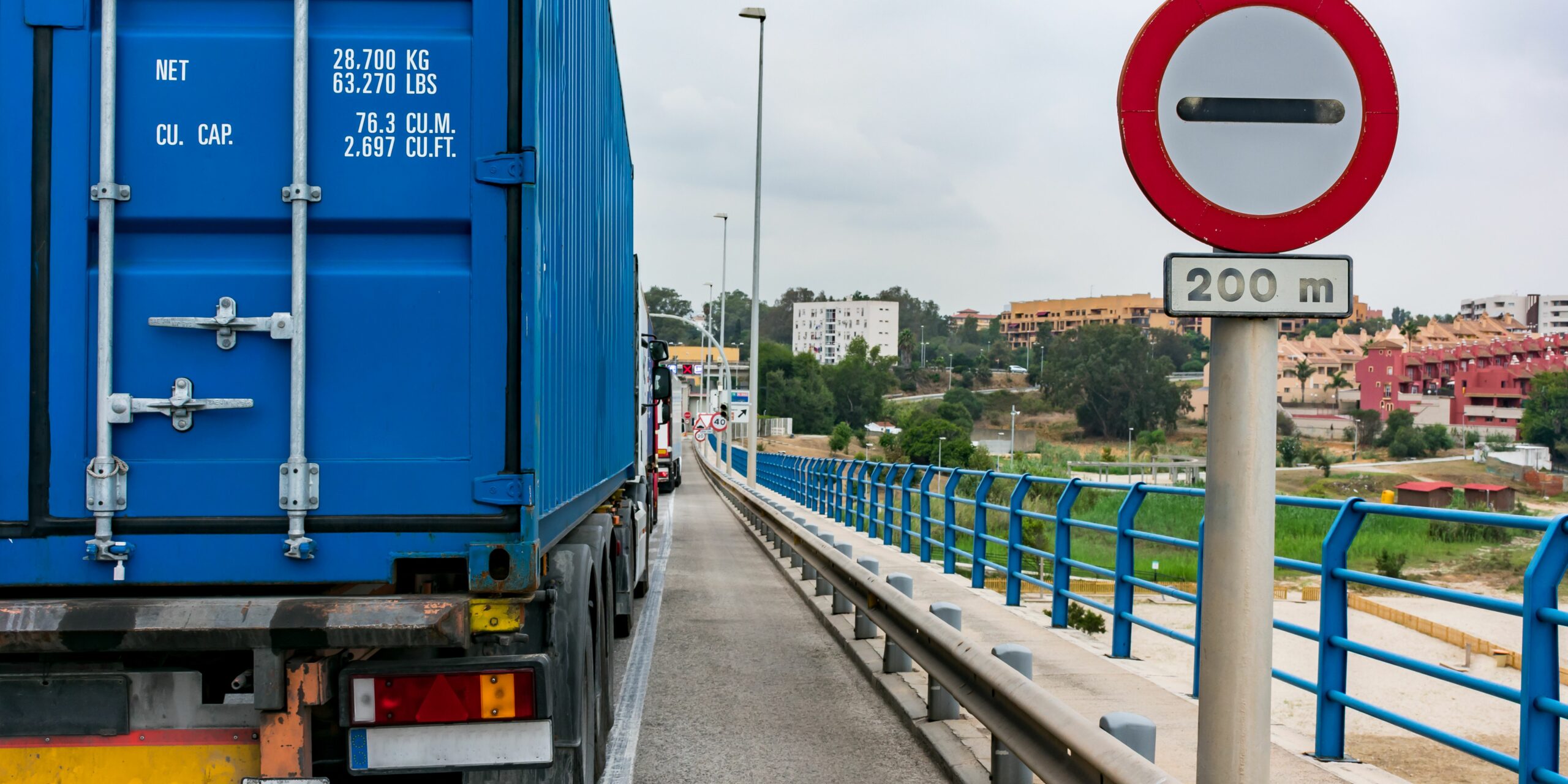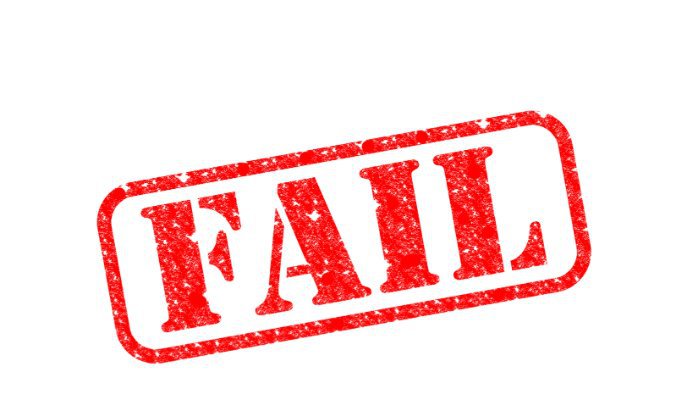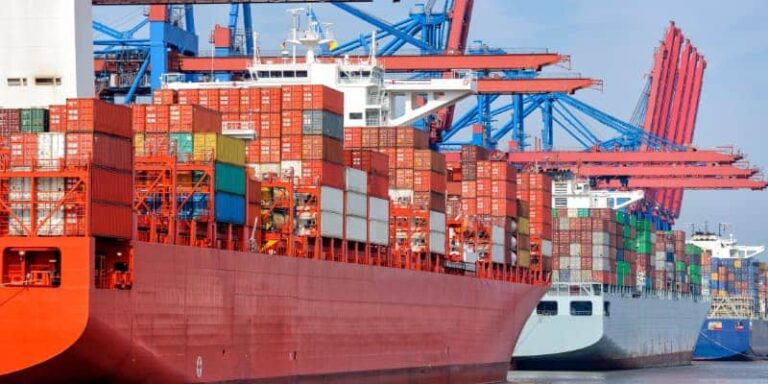The Enforce and Protect Act: What You Should Know About Antidumping & Countervailing Duties
Activity under the EAPA has been picking up lately, so it would be timely to address the statute and administrative procedures under it and describe some of the enforcement concerns for US importers and their foreign suppliers.
Simply stated, antidumping duties are imposed by the US Commerce Department when imported merchandise has been determined to be sold at less than fair value. This usually occurs when the price in the United States is lower than the price in the home market. Countervailing duties are imposed on merchandise which has received subsidies from a foreign government.
It’s common for combined antidumping and countervailing duties to be triple digit. This level of additional tariff generally causes transactions to become uneconomical. At the same time, US industry often raises its prices and restricts supply after it receives tariff protection.
Watch as George Thompson, international trade attorney, details how antidumping and countervailing evasion cases are brought to the attention of CBP, the actions CBP takes, and penalties that can be imposed.
Thompson & Associates, PLLC provides representation in all aspects of customs laws and regulations, specializing in export and import regulations and international business counseling. We can be reached at 202-772-2039 or online.
Transcript of “What You Should Know About Antidumping & Countervailing Duties”
Hello there. This is George Thompson, and today’s topic for discussion is the Enforce and Protect Act. This legislation, adopted in 2016, gives Customs and Border Protection expanded authority to investigate alleged evasion of antidumping and countervailing duty orders, and to take corrective action if it determines evasion has occurred.
I’ve noticed that activity under the EAPA has been picking up lately, so I thought it would be timely to address the statute and administrative procedures under it and describe some of the enforcement concerns for US importers and their foreign suppliers.
First, here’s a brief introduction to antidumping and countervailing duties. Antidumping duties are imposed by the US Commerce Department when imported merchandise has been determined to be sold at less than fair value. This usually occurs when the price in the United States is lower than the price in the home market, though that is a great simplification of the process.
Countervailing duties are imposed on merchandise which has received subsidies from a foreign government. For the duties to become effective, the US International Trade Commission must find that the imports are causing material injury to the competing US industry or threaten to cause material injury. Cases are commenced following submission of a petition by the US industry which produces competing merchandise.
Once the duties are imposed, it’s easy to see why importers and exporters might seek workarounds.
It’s quite common for combined antidumping and countervailing duties to be in triple digits. Needless to say, this level of additional tariff generally causes transactions to become uneconomical. At the same time, US industry often raises its prices and restricts supply after it receives tariff protection. So, what is an importer which wants to avoid the duties or an exporter which wants to keep its US market to do then? Well, cheat.
Here’s where the EAPA comes in. It provides procedures and timelines for CBP to consider allegations that the duties are being evaded. While the agency always had authority to investigate such practices, there were no set requirements or deadlines for it to follow. The result was that potential claims brought to CBP’s attention could effectively fizzle with no action taken, or at least that was a common perception.
The statute also established a trade remedy law enforcement division dedicated to preventing evasion and receiving and investigating allegations in a timely and transparent manner.
A case gets started upon filing of an allegation of evasion by an interested party that is a stakeholder in the case. Most often, this will be one or more of the domestic producers which brought the original petition, though it can also include an importer which wants to report a competitor’s efforts to achieve an unfair advantage by not paying the duties.
The allegation must identify the importer purportedly engaging in evasion as well as the merchandise involved, and provide factual support for the claims. The support required for CBP to initiate an investigation will depend on the nature of the allegation. For example, take a claim that the origin of merchandise is being misrepresented by transshipment through a third country to the United States. The allegation would require at a minimum presentation of export data from the original country and import data from the transshipment country to demonstrate the movement of the goods.
After a sufficiently supported allegation is presented to CBP, the agency will determine whether to initiate a case. To do so, the allegation and supporting material must reasonably suggest that evasion is occurring based on information reasonably available to the submitting party. This is not a very high threshold to meet.
The agency then has up to 90 days to review the evidence, conduct its own investigation, and determine whether there is a reasonable suspicion of evasion. If it does, it must impose interim measures. These include suspension of liquidation of unliquidated entries, and an option of requiring the importer to post single entry bonds or cash deposits for future entries. At that point, CBP will also issue notice that the investigation is pending. Until then, there will have been no public announcement that it was taking place.
The accused party may then appear in the case, and all parties have opportunities to submit factual information and argument. CBP must issue its determination within 300 days after the initiation date. This deadline can be extended by up to 60 days in extraordinarily complicated cases.
Once the determination is made, the losing party has the right to request an internal appeal called administrative review with CBP. That determination must be issued within 60 days. Thereafter, the losing party may file a judicial appeal with the US Court of International Trade.
Very importantly, the statute requires all parties to an investigation to cooperate with CBP’s information gathering efforts, including questionnaires and provides for the use of adverse inferences if they do not. The term adverse inference should raise a concern for any parties accused of evasion. It puts them in a potential damned if you do, damned if you don’t position. If they do provide CBP with requests and information, they may be revealing details of shady practices or even illegality. If they don’t, the agency may conclude that the evasion allegations are correct and assess duties on the imported goods.
Let’s look at a couple of recent cases to see how EAPA allegations can play out.
The allegations in case number 7814 were pretty simple. The importer was accused of transshipping Chinese origin xanthan gum covered by an antidumping duty order through Turkey and claiming Turkish origin.
The domestic industry’s allegation was that Turkey did not produce xanthan gum and documented that there had been substantial quantities of the Chinese-made product shipped to that country.
CBP found these documented claims sufficient to commence an investigation. The importer failed to provide timely responses to the agency’s request for information, and the response that was provided eventually did not contradict the allegations. Oops.
In case number 7818, the allegation was that the importer offered merchandise described by the scope of the antidumping and countervailing duty orders on steel grating from China. The importer’s sale prices were too low to be possible if the applicable duty deposits of around 200% combined were being paid. While the importer cooperated with CBP’s requests for information, the responses tended to corroborate that the merchandise was within the scope of the orders, but entered without payment of estimated duties.
In both cases, the remedy CBP imposed was to suspend liquidation so that additional duties could be imposed in the future.
The advent of EAPA measures has thrown up a new hazard for importers. Their domestic competitors now have the ability to sic CBP on them based on a fairly low level of proof. Failing to cooperate with the agency makes an adverse outcome a pretty much foregone conclusion. However, cooperating could disclose deliberate avoidance of applicable duties, which in turn may result in additional problems such as an investigation under Section 592 of the Tariff Act. And of course, CBP can find evasion even if there was no deliberate intent to evade the duties.
In my view, the EAPA threat requires importers to take additional due diligence measures in their compliance programs. For example, they should be cognizant of antidumping and countervailing duty orders in place and confirm their goods are not from a country subject to such orders. Simply taking the foreign vendor’s word for it may not be enough.
I suggest they seek the same kind of documentation of where production occurred as CBP would if an evasion case were to be filed.
Importers should also evaluate whether their goods may be described by an order. For example, in the steel grating case, the composition of the imported merchandise is determinative of coverage. It’s unclear whether the accused importer even realized this. If an importer either disregards or is mistaken about possible coverage, it may face a nasty surprise after entries have occurred.
Thank you for listening and I hope this proves to be helpful for you.

International Logistics
If you’ve ever considered expanding your expertise in the dynamic field of logistics and supply chain management, now is the perfect time to take the plunge. Sign up now for an upcoming course:







